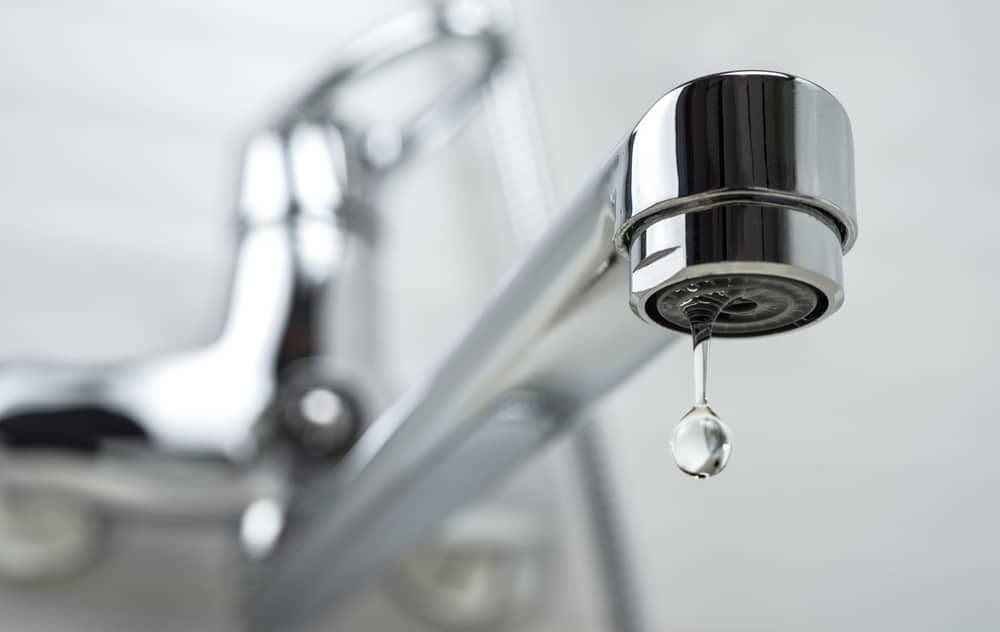Speedy Fixes for Reduced Water Pressure in Your Home
Speedy Fixes for Reduced Water Pressure in Your Home
Blog Article
Listed here on the next paragraphs you can find more brilliant help and advice related to 10 Reasons for Low Water Pressure in Your House.

Low water pressure in your home can be a frustrating trouble, impacting whatever from showering to washing meals. If you're experiencing weak water flow, there are numerous feasible causes and remedies to explore. In this overview, we'll go over common reasons for low tide pressure and practical steps to deal with the issue efficiently.
Intro to Low Tide Stress
Low water stress occurs when the circulation of water from your taps, showers, and various other fixtures is weak than typical. This can make daily tasks a lot more difficult and less effective. Understanding the causes of low tide pressure is important to discovering the appropriate option.
Typical Reasons For Low Tide Pressure
Faulty Stress Regulatory Authorities
Pressure regulators are responsible for keeping constant water stress in your house. If they malfunction, it can lead to low tide pressure or irregular flow throughout the house.
Local Water Supply Issues
Sometimes, the issue lies outside your home. Municipal water issues, such as main line leakages or maintenance job, can temporarily decrease water pressure in your location.
Pipeline Obstructions
Over time, pipes can come to be blocked with natural resource, debris, or particles, limiting the flow of water. This is a common concern in older homes with galvanized steel pipes.
Rust
Rust within pipes can lead to leaks and decreased water stress. Rust build-up can restrict water circulation, particularly in maturing plumbing systems.
How to Detect Low Water Stress
Inspecting Pipelines
Inspect visible pipes for indicators of leakages, deterioration, or clogs. Take notice of any type of uncommon noises, such as banging or rattling pipelines, which can show concerns within the plumbing system.
Consulting with a Plumber
If you're incapable to identify the reason for low water stress, think about working with a professional plumber to carry out a complete assessment. They can determine underlying issues and advise ideal services.
Inspecting Faucets and Components
Begin by examining the water stress at different taps and components throughout your home. If the concern is isolated to details locations, it may suggest localized problems.
Do It Yourself Solutions to Repair Low Tide Pressure
Flushing Hot Water Heater
Sediment build-up in the water heater can limit flow and minimize efficiency. Purging the tank occasionally assists remove sediment and preserve ideal efficiency.
Inspecting Stress Regulator
Make sure that the pressure regulatory authority is functioning appropriately. Changing or changing the regulator can assist recover correct water pressure throughout your home.
Cleansing Aerators and Showerheads
Mineral deposits can gather in aerators and showerheads, decreasing water circulation. Get rid of and clean these components regularly to enhance water pressure.
Clearing Clogs in Piping
For small obstructions, try utilizing a plumbing snake or chemical drain cleaner to clear blockages in pipes. Beware when making use of chemicals and comply with security standards.
When to Call a Specialist Plumber
If DIY efforts fall short to resolve the problem or if you think considerable plumbing problems, it's ideal to look for support from a qualified plumber. They have the knowledge and tools to resolve intricate concerns securely and efficiently.
Preventive Measures to Maintain Water Stress
Mounting a Pressure Booster
Consider installing a stress booster pump to boost water pressure in areas with consistently reduced flow. This can be especially helpful for multi-story homes or properties with high-demand components.
Monitoring Water Use
Be mindful of water usage habits and prevent ill-using the plumbing system. Easy changes, such as astonishing showers and washing loads, can help preserve appropriate water stress.
Normal Upkeep
Arrange routine maintenance for your plumbing system to avoid issues such as deterioration, leaks, and obstructions. Dealing with minor issues early can help avoid even more significant repair services later.
Conclusion
Handling low water stress can be irritating, but determining the underlying causes and carrying out ideal remedies can bring back optimum flow throughout your home. Whether it's cleaning aerators, checking pipelines, or talking to a plumber, taking positive steps can make sure a steady supply of water for your everyday requirements.
FOUR WAYS TO FIX LOW WATER PRESSURE NOW
Turning on a shower or faucet only to find the water comes out in a sad, slow drizzle is never a good feeling. How exactly are you supposed to wash a pan or take a quick shower when it takes 10 minutes just to rinse off a little soap? The good news is that when your water pressure is bad, there's always a cause: typically one that can be easily fixed. Here are some of the most common causes of low pressure and what you can do to fix the issue:
DEBRIS AND MINERAL DEPOSIT BUILDUPS
If you notice low water pressure from just one or two of the fixtures in your house, the problem likely has to do with debris buildup. Water is full of minerals and other debris, all of which can accumulate in your pipes and on your fixtures. This can cause a blockage that affects how much water flows through. To fix this, try filling a small plastic bag with white vinegar, and use a rubber band to hang it around your showerhead or faucet. Let the head of the fixture soak for a few hours, and the vinegar should loosen the deposits.
WATER LEAKS
Leaks are another common cause of low water pressure. If water is flowing out of your plumbing through a hole or crack before it can reach your fixture, the pressure coming out of the faucet or showerhead will be lower. A plumbing professional is your best bet for finding and repairing a leak in your water supply pipes.
Leaks are another common cause of low water pressure. If water is flowing out of your plumbing through a hole or crack before it can reach your fixture, the pressure coming out of the faucet or showerhead will be lower. A plumbing professional is your best bet for finding and repairing a leak in your water supply pipes.
A VALVE ISSUE
If you have low water pressure throughout your home, check your main shut-off valve to make sure it's completely open. You may also want to see if there's a pressure-reducing valve installed. If there is, have a plumber help you adjust the settings to get the pressure you're looking for.
OTHERS USING WATER
Believe it or not, your low water pressure could be caused by your neighbors. If you notice low pressure at certain times of day, it may be because you and the people living next to you have similar schedules - when everyone is showering at the same time, the pressure will be lower in every home. Low pressure throughout the neighborhood may also be caused by an issue with your municipal water supply. If that's the case, call the supplier to see if they're working on the issue.
https://www.rotorooter.com/blog/water-leaking/low-water-pressure-fixes/

I hope you enjoyed reading our section on . Thank you so much for finding the time to read through our blog. Don't hesitate to set aside a second to distribute this blog post if you liked it. Thank you so much for your time invested reading it.
Call Today Report this page